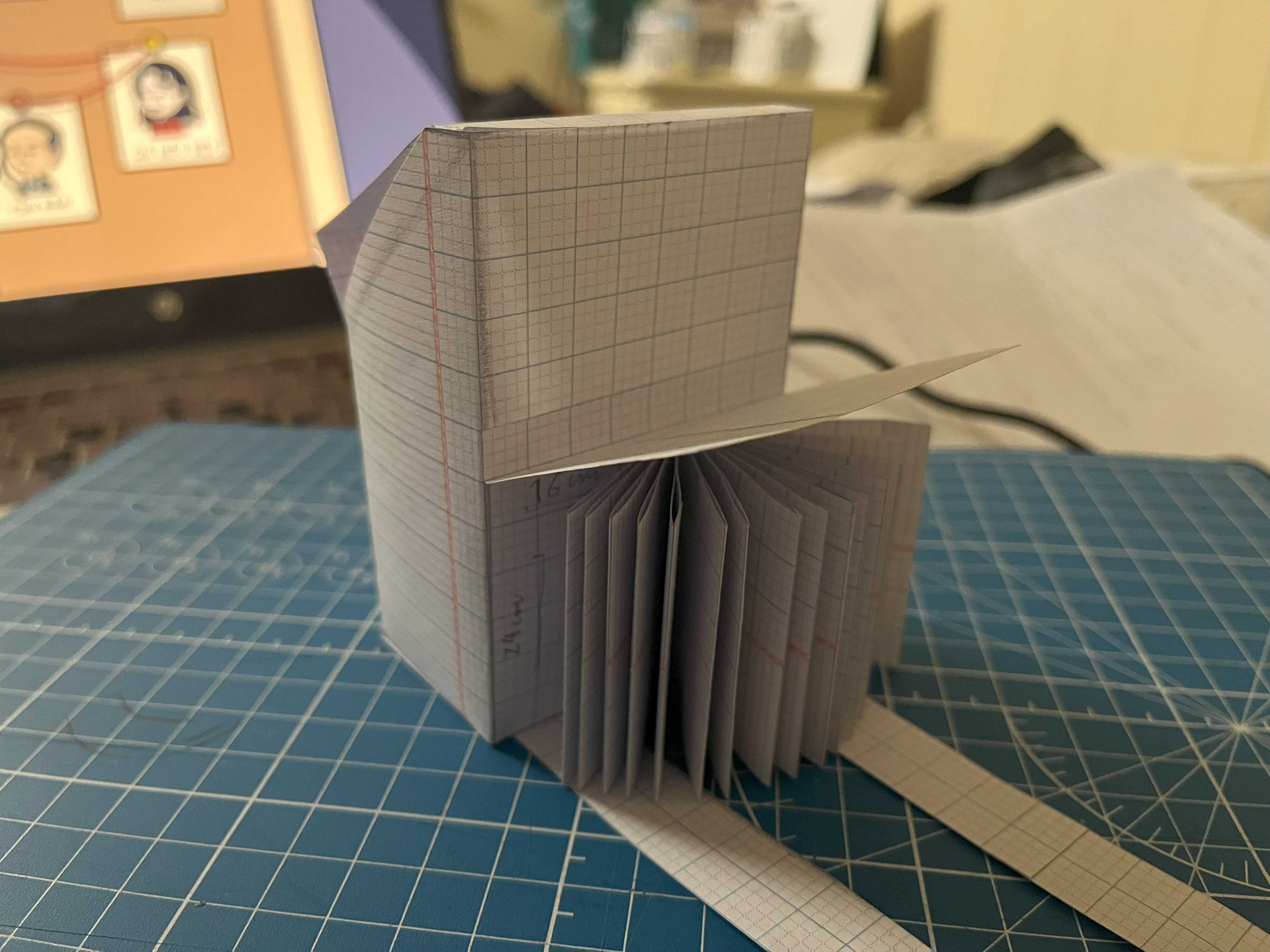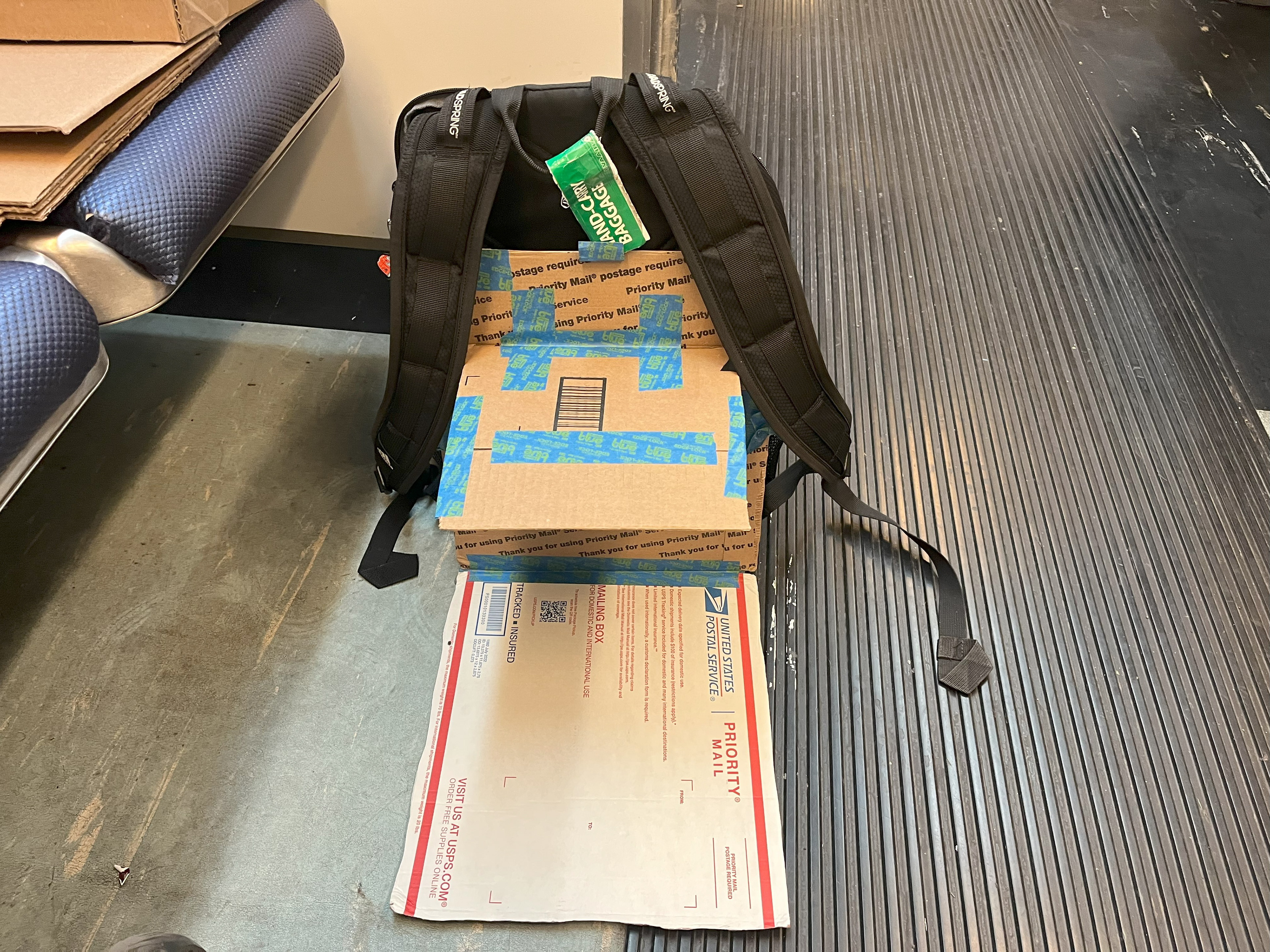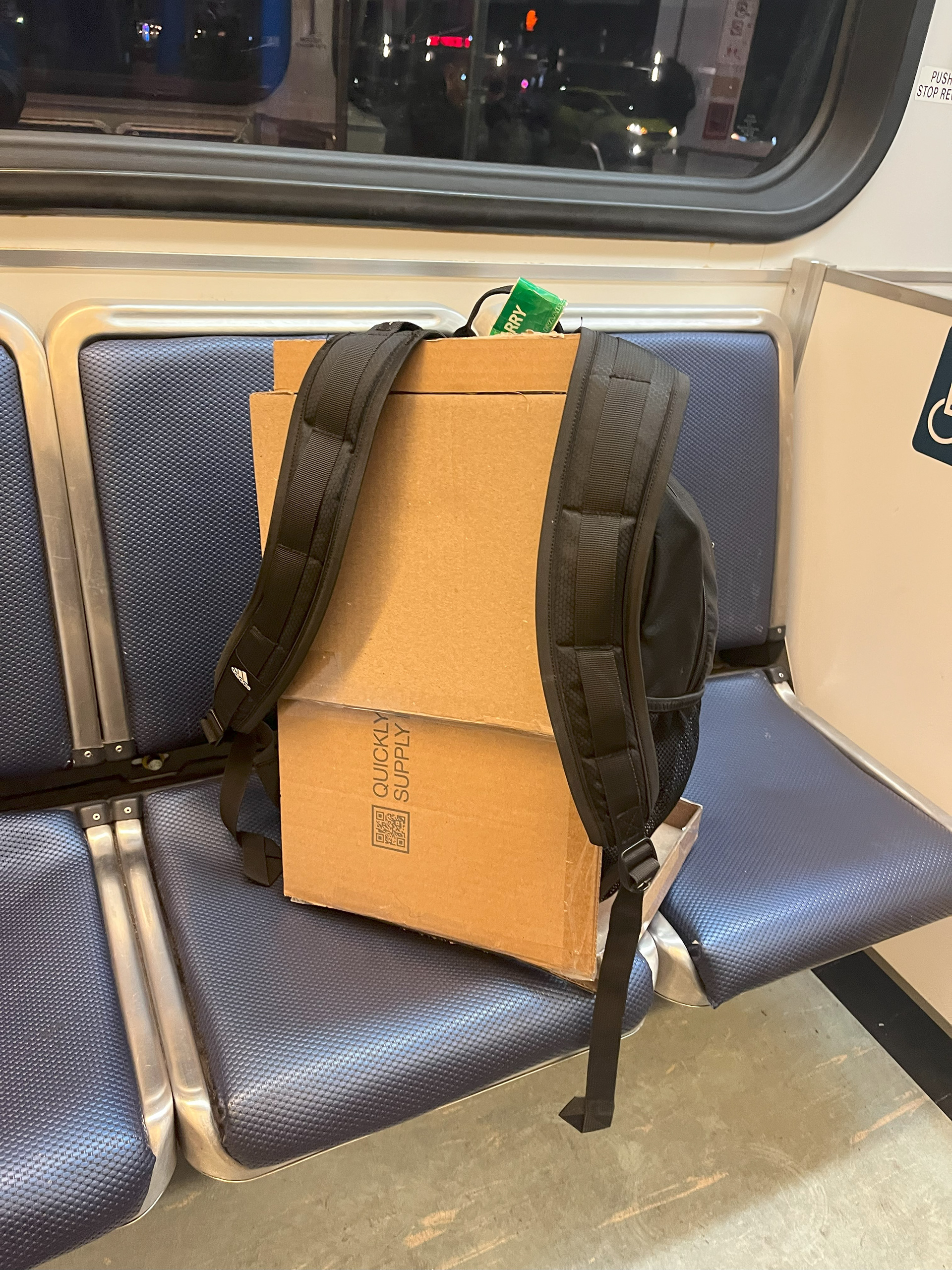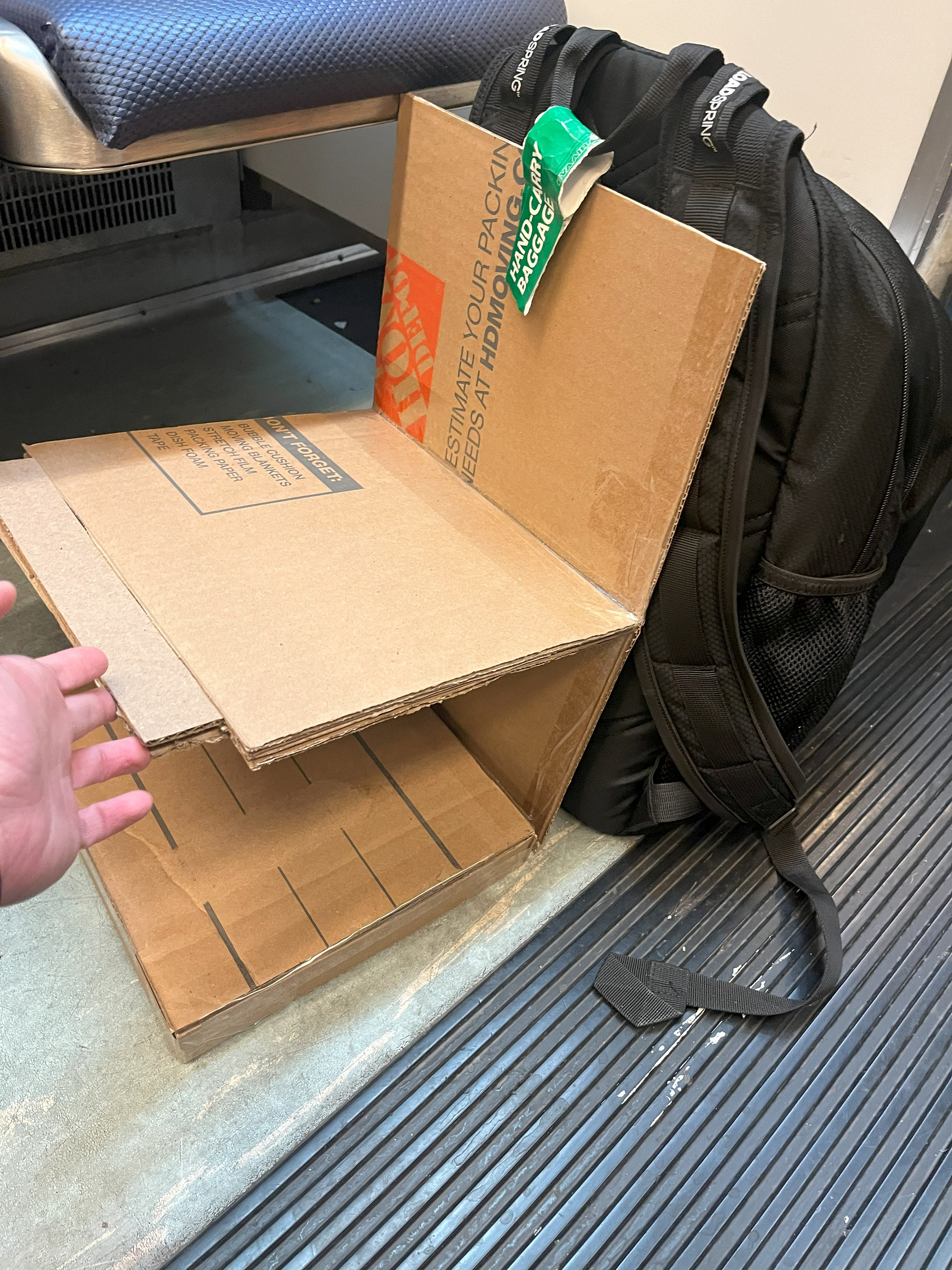What is this project about?
As I witness through my daily life, Little People are respected and thrive in their everyday life. However, there are still areas where these people get ignored. That raise the prompt to highlight such factors to improve their life regarless of any difficulties.
Through interviews, I found out that public accessible infrastructure is not built with
Little People in mind.
Little People in mind.


But there's one that caught my mind...
This makes me want to explore more of this from Jenn.
Well,
Say hi to Jenn!
She's a wonderful woman who introduced to me a few more friends of her for the sake of this project. Standing tall at 4ft2 and suffers from pseudoachondroplasia, she manages to keep a happy and positive attitude despite having a busy schedule.
“Don’t judge me with pity.”
Jenn, 2024
Jenn, 2024
Now, getting back to what she told me,
I wonder if she means:
Public transport accessiblity does not support people with limited height
Public transport accessiblity does not support people with limited height
Then,
I believe it could be game changing for Jenn if I could
create an adaptive height support solution for use in public situation without having to bring extra tools
I then started on some basic paper form.
The initial ideas were some foldable step plates that attaches on their backpacks.



That's too much; I wonder if it gets too heavy on the final product.
I remember Jenn once told me that she relies on this Target stool as her carry-round step stool, which is why I took measurement of the stool as reference for my full-scale prototypes.


This rough full-scale prototype feels lighter and actually uses less material. The bottom plate is larger for stability (material waste though, not worth it), but the upper plate looks a bit small due to its look.



This Home Depot-box version looks and works waaaaaaaaaaaay better than the USPS-box rough version. Thicker, sturdier, and the upper plate can extend and retrieve to save space. Too long though, and I do not think that securing the plate onto the back of the backpack is ideal, not just due to the straps that stay in the way, but also because the plate is blocking the back foam that eases users' backs when they carry heavy stuff.
Furthermost, I had my second thought and realize that: wait, I can just design the whole backpack for the same purpose instead of just the plate. That can help a lot with adjusting to the users' physique.
Well, may I present to you StepBag, an everyday work backpack for my beloved Little friends.


The noticeable detail of the backpack is the attached step ladders on the front of the backpack that drops down automatically with the press of a button.
The key for the staying upper step plate lies in the durable one direction gear that keeps the whole system stable.
Folding the step ladders are even easier; users only need to fold one flap and the other will also follow.
This is StepBag in comparison with the 4ft2 Jenn.

The backpack is designed on a compact scale to better fit the stature of Jenn, allowing her to optimize its storage without much straining herself due to overpacking.
